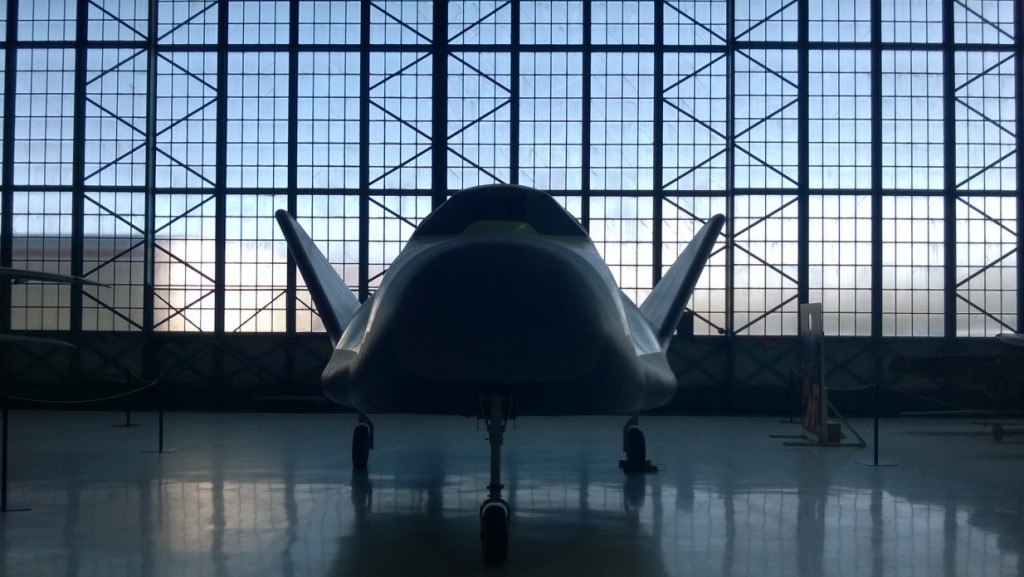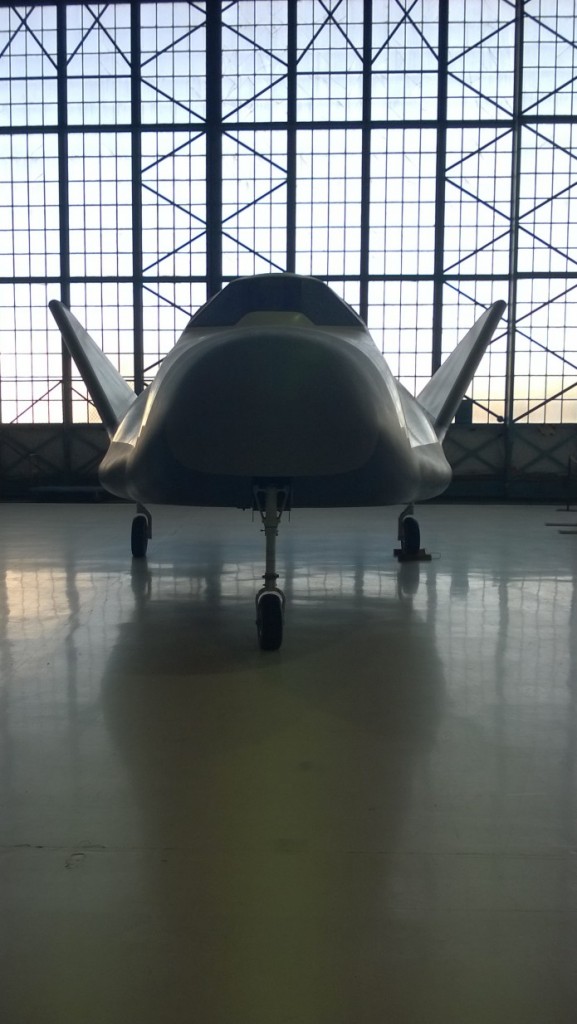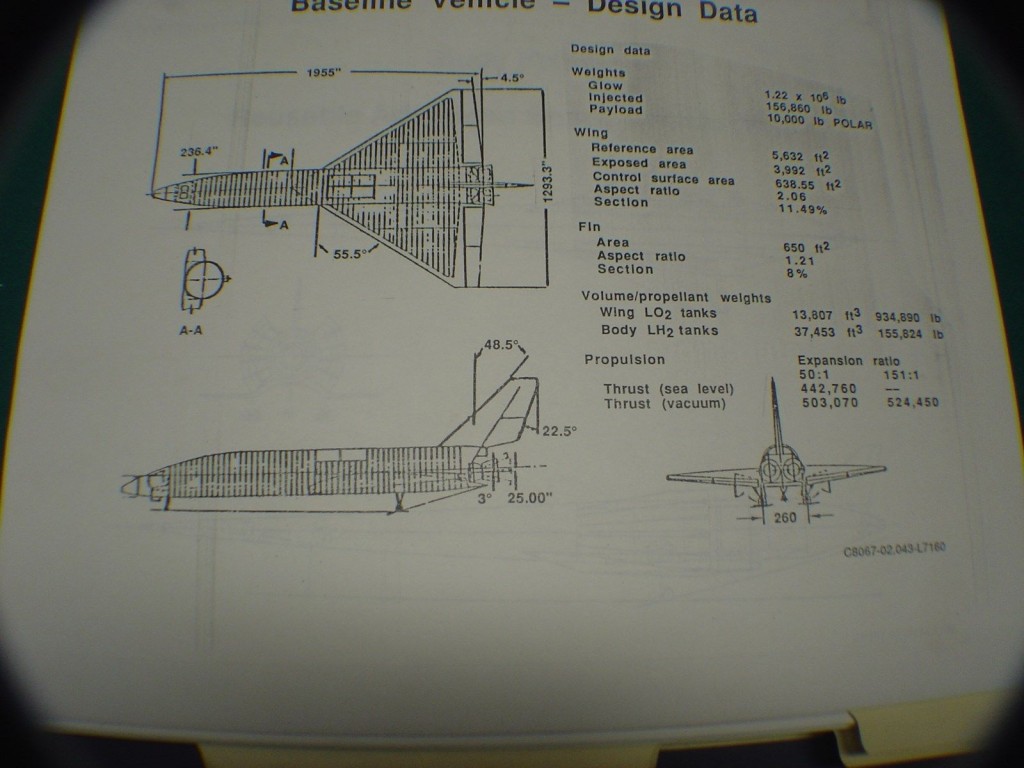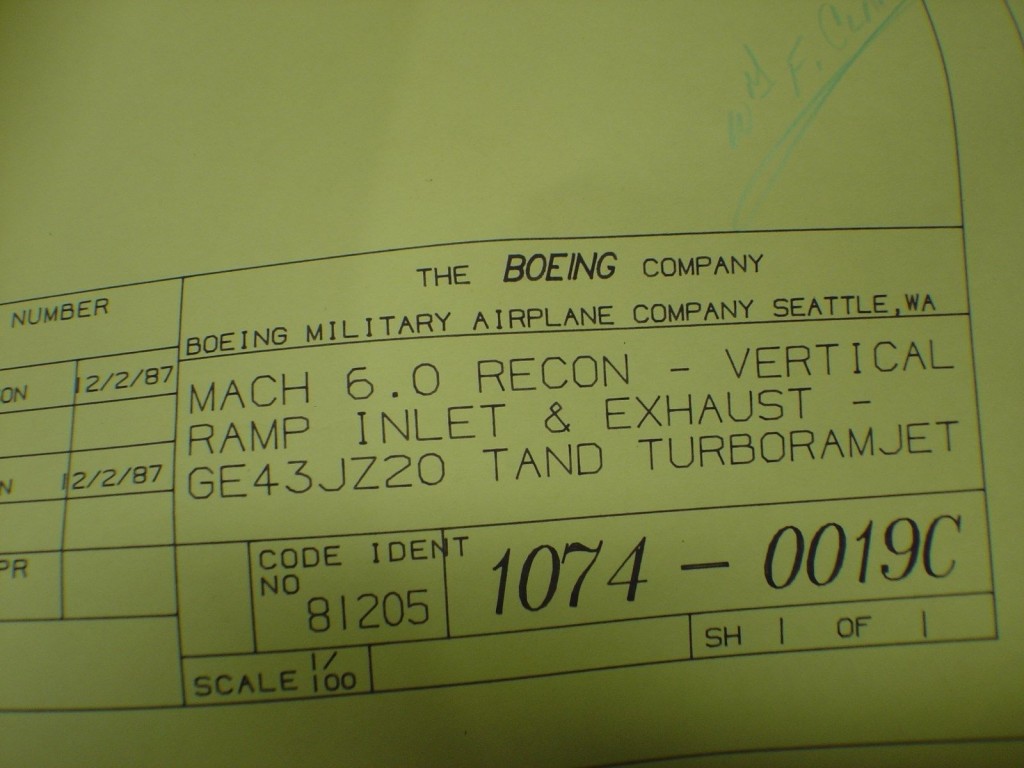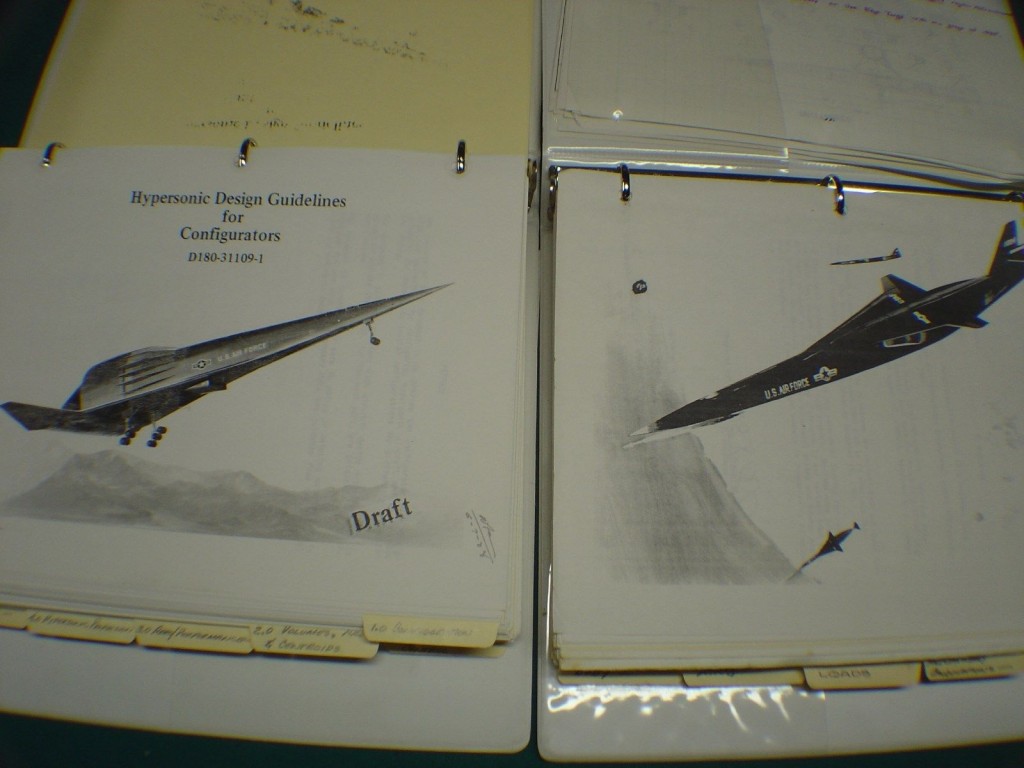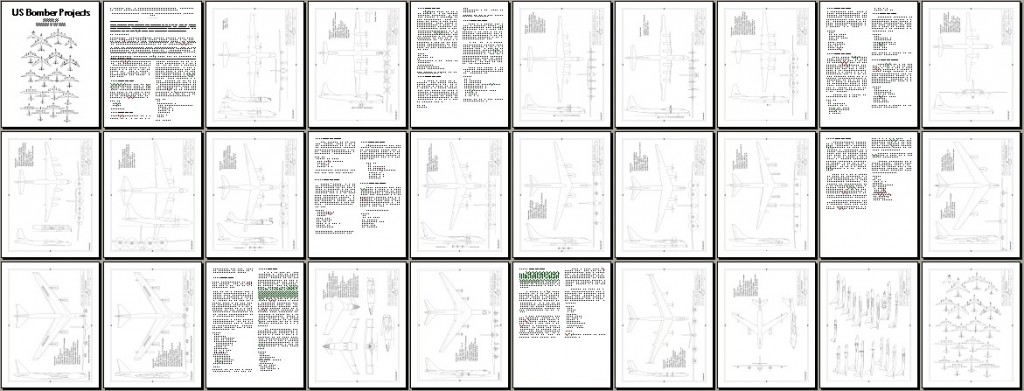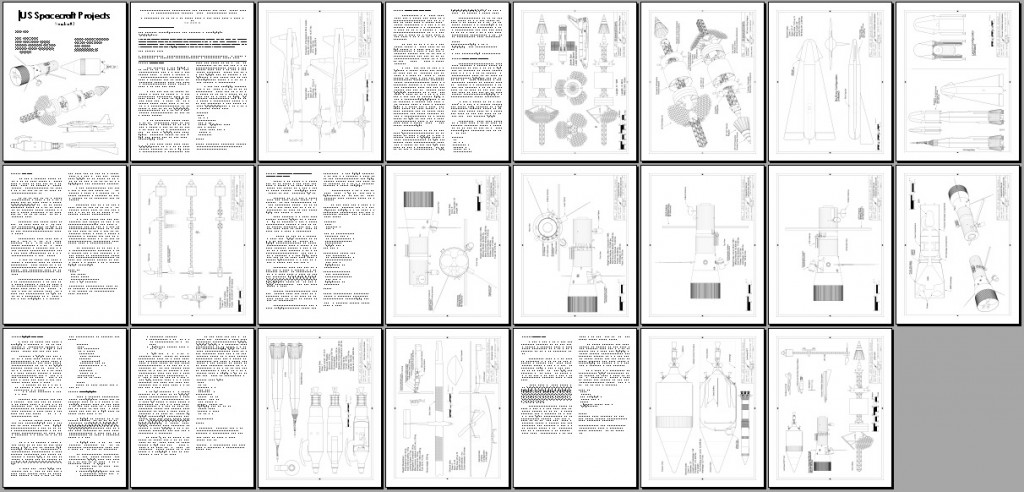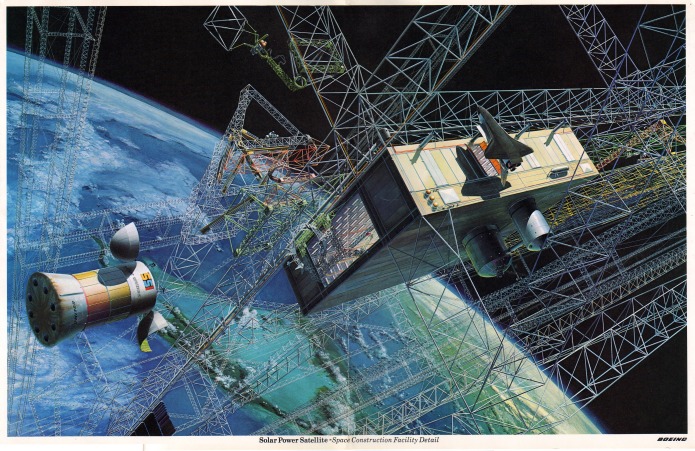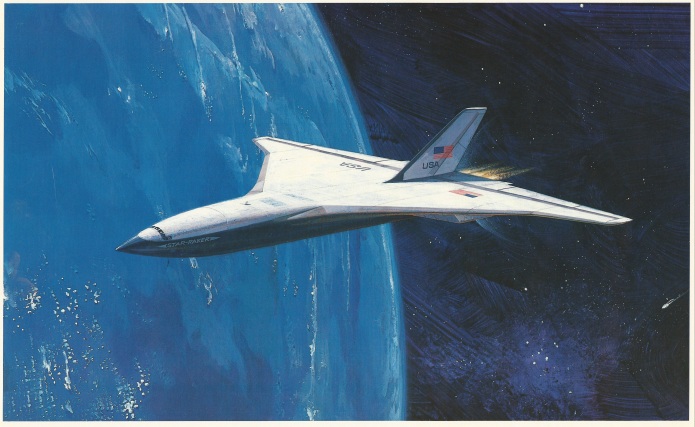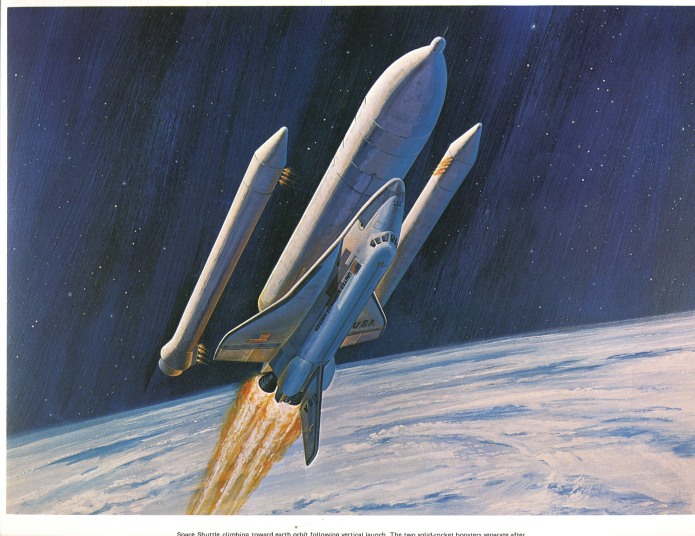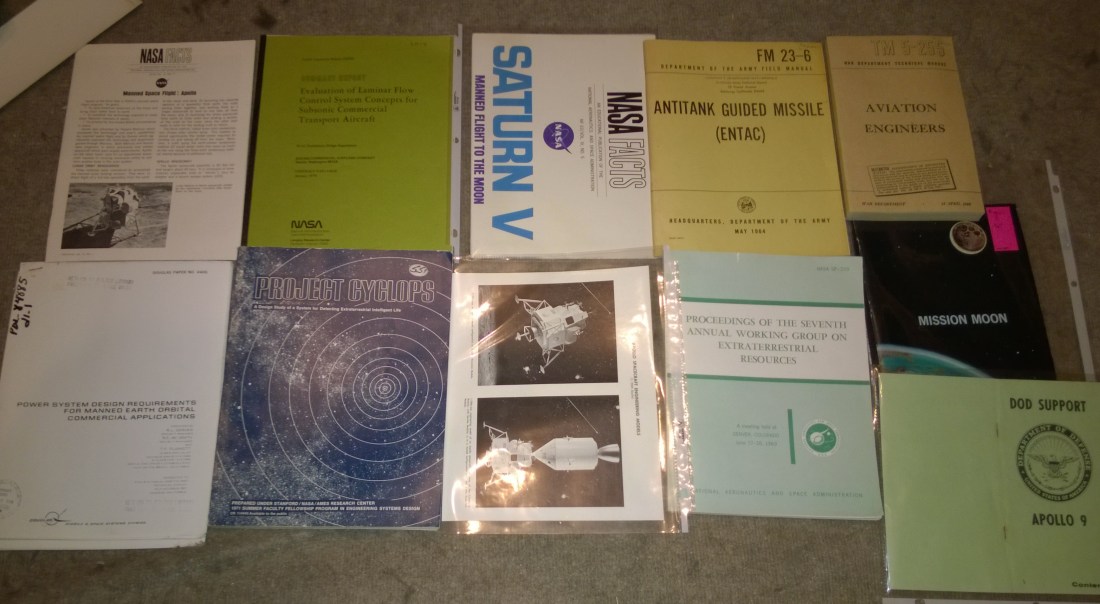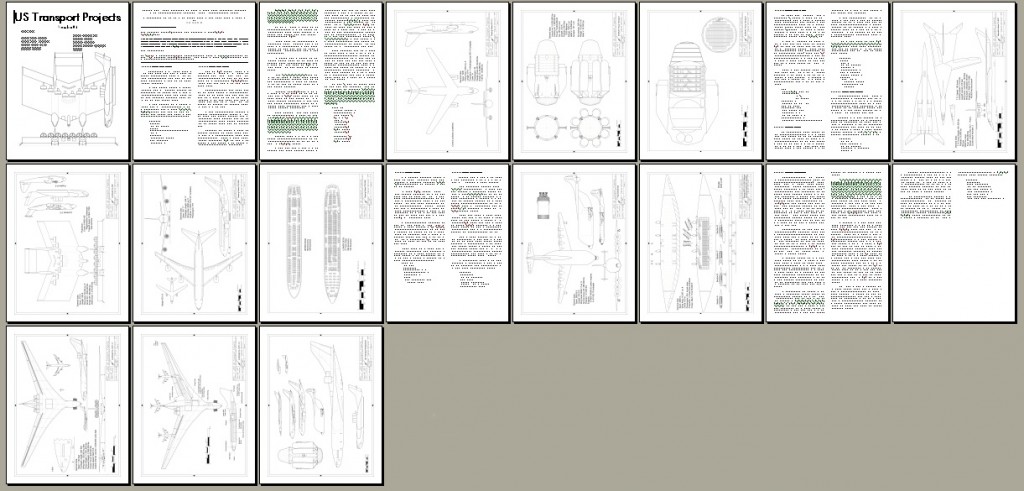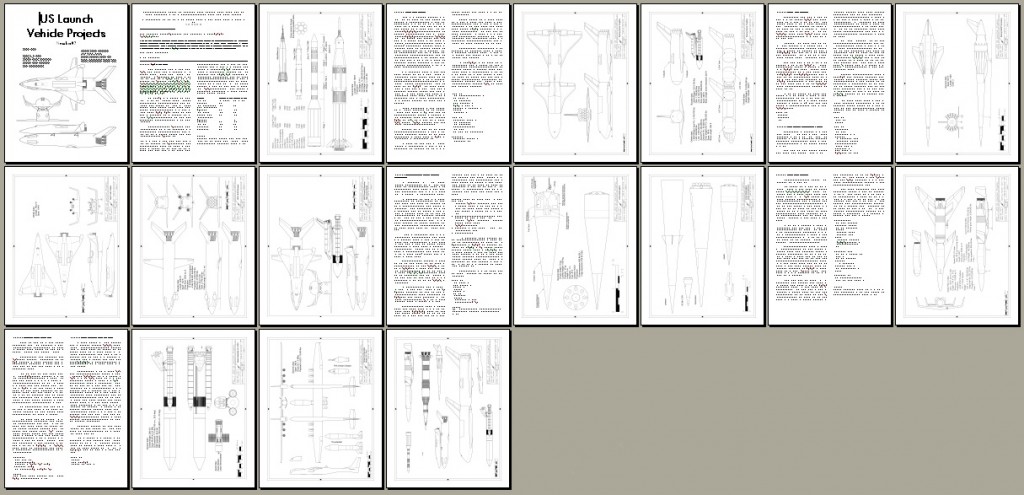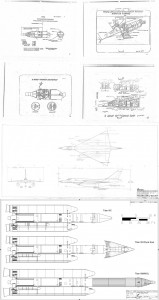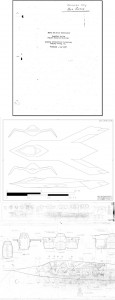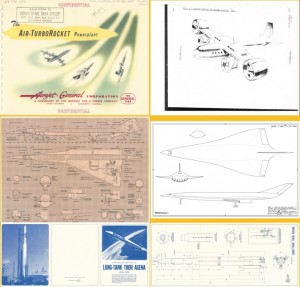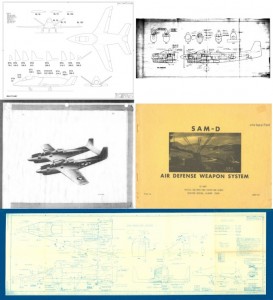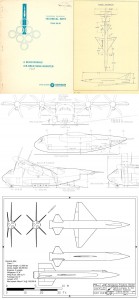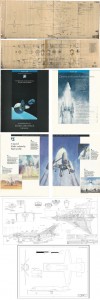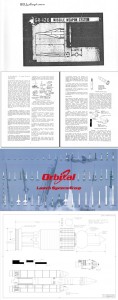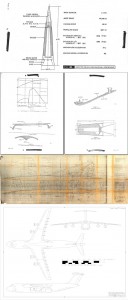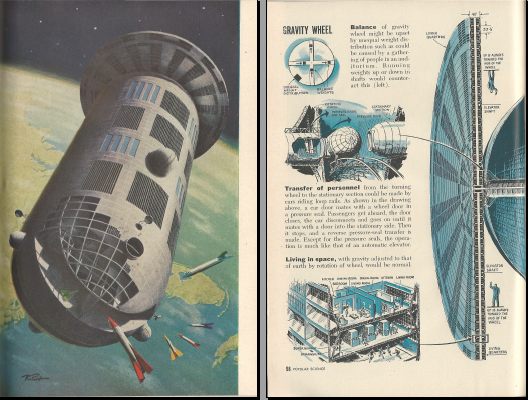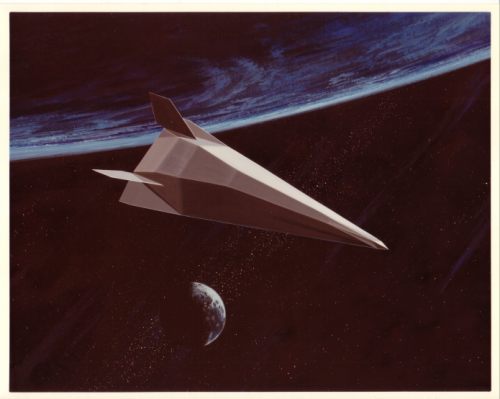Recent photos of the HL-20 lifting body spaceplane mockup on display at the Wings Over the Rockies aviation museum near Denver. An attempt at art on the photographers part, I suppose.
Now available… two new additions to the US Aerospace Projects series.
US Bomber Projects #16: The B-52 Evolution Special
Boeing Model 444 A: A late war turboprop heavy bomber
Boeing Model 461: An early postwar turboprop heavy bomber
Boeing Model 462: A large six-turboprop ancestor of the B-52
Boeing Model 462-5: A six-turboprop B-52 ancestor
Boeing Model 464-17: 1946 four-turboprop strategic bomber, a step toward the B-52
Boeing Model 464-18: a reduced-size version of the 464-17 turboprop strategic bomber
Boeing Model 464-25: a modification of the 464-17 turboprop bomber with slightly swept wings, among other changes
Boeing Model 464-27: a slightly-swept turboprop B-52 progenitor
Boeing Model 464-33-0: A turboprop B-52 predecessor
Boeing Model 464-34-3: A turboprop B-52 predecessor
Boeing Model 464-40: The first all-jet-powered design in the quest for the B-52
Boeing Model 464-40: The first all-jet-powered design in the quest for the B-52
Boeing Model 464-046: A six-engined B-52 predecessor
Boeing Model 464-49: The penultimate major design in the development of the B-52
Fairchild M-121:A highly unconventional canard-biplane
Convair B-60: A swept-wing turboprop-powered derivative of the B-36
Douglas Model 1211-J: An elegant turboprop alternative to the B-52
With additional diagrams of the B-47, XB-52 and B-52B
USBP#16 can be purchased for downloading for the low, low price of $6.25.
—
US Spacecraft Projects #03
Northrop ST-38 Space Trainer: a rocket-powered T-38 for trips to space
“Have Sting:” A General Electric design for a gigantic orbital railgun
JPL Thousand Astronomical Unit probe: A spacecraft into interstellar space
Integrated MannedInterplanetary Spacecraft: A Boeing concept for a giant spacecraft to Mars and Venus
Convair Inflatable Spacecraft: an early spaceplane concept
One Man Space Station: A 1960 McDonnell concept for a tiny space station
Astroplane: A lightweight aircraft for the exploration of Mars
Reactor-In-Flight Test: A Lockheed nuclear-powered stage for the Saturn V
USSP#03 can be purchased for downloading for the low, low price of $5.25.
—
Boeing art from the late 1970s depicting the construction of a base in low Earth orbit, which in turn would be used to construct components of solar power satellites, which would then be slowly boosted to geosynchronous using electric propulsion. Even though the base would be dwarfed by the SPS itself, the base was monumental in scale compared to any other manned space facility proposed before or since.
The artwork (scanned from a brochure that was folded down the middle, thus there’s a half-repaired fold line) depicts not only a Space Shuttle orbiter, but also the second stage of a ballistically recoverable Heavy Lift Launch Vehicle.
I have posted the full-rez version at the APR Patreon Extras Dropbox folder for 2015-08 (while it’s 2015-09 now, the file began the process of uploading at 11:59 PM by my watch, so…). If interested, please check out the APR Patreon and consider joining. Lots of benefits!
In the late 1970’s Rockwell international studied the “Star-Raker,” a large airbreathing horizontal takeoff and landing SSTO designed to support the Solar Power Satellite program. This 2,268,000 kg gross weight vehicle would have a payload of 89,200 kg; the claim was that this vehicle could fly roughly daily and very cheaply. Of course, at about the same time Rockwell was claiming that the Space Shuttle would have a two-week turnaround and would be the cheapest ticket to space…
While Star-Raker was far from the biggest or most powerful launcher studied for SPS, it was certainly one of the more interesting concepts. While a number of SPS reports have described the Star-Raker, to my knowledge a dedicated Star-Raker design report has not come to light. If anybody knows of such a thing, by all means let me know.
Star-Raker garnered a bit of press back in the day, likely due in part to the fact that Rockwell released a number of pieces of concept art, like the one below showing the vehicle in orbit.
I have uploaded the full-rez version of this to the APR Patreon “Extras” folder for 2015-08 on Dropbox. It is available for all $4 and up APR Patrons.
A Rockwell illustration showing an almost-but-not-quite-final Space Shuttle design. The only obvious major difference between this design and actual Shuttle is the rounded dome on the nose of the ET. This *may* have been a cover over a de-orbit solid rocket motor, but if so it was a small one. Other changes include differences in the booster sep motors; this painting shows four nose BSMs in a straight vertical line and four tail BSMs in a straight vertical line. As built, the forward BSMs were in a 2X2 square array, while the at BSMs were arrayed around the nozzle. Some minor difference in thermal tile pattern on the forward fuselage of the Orbiter.
The full-rez version has been made available for $10-level patrons at the APR Patreon.
Due to the contributions of APR Patreon patrons, over the past little while I have been able to acquire some useful aerospace history publications:
If you would like to help the cause, please consider signing up for the APR Patreon.
Now available… three new additions to the US Aerospace Projects series.
US Bomber Projects #15
USBP#15 includes:
- Bell D2001: A 1957 eight-engined Bell VTOL strike plane for the Navy
- Lockheed “Harvey”: AKA the Hopeless Diamond, Lockheeds first design for what became the F-117
- Convair Model 35: An early push-pull concept for the B-36
- Rockwell D661-27: A nuclear powered strategic bomber
- Boeing Model 464-49: The penultimate major design in the development of the B-52
- Boeing Model 988-123: A highly agile stealthy strike fighter
- Boeing Orbital Bomber: An early concept for a Dyna Soar derivative with eight nukes
- Boeing Model 701-251: A twin engined concept on the road to the XB-59
USBP#15 can be purchased for downloading for the low, low price of $4.25.
—
——————————————-
US Transport Projects #4
USTP#4 includes:
- Boeing Model 473-13: An early twin-engine jetliner
- ICARUS Troop Transport: 1,200 marines, anywhere, anytime
- Republic Model 10 SST: A little known SST competitor
- Lockheed CL-593: A giant, if slow, logistics transporter
- Boeing 763-059 NLA: A whole lotta passengers in one place
- Fairchild M-534: A B-36 converted into a vast cargo carrier
- Lockheed CL-1201: Probably the largest aircraft ever designed
- Oblique All-Wing Supersonic Airplane: A supersonic variable-orientation flying wing
USTP#4 can be purchased for downloading for the low, low price of $4.25.
—
——————————
US Launch Vehicle Projects #2
USLP#2 includes:
- Juno V, 4 stage: An early design that became the Saturn rocket
- Boeing “Space Freighter”: a giant two-stage spaceplane for launching solar power satellites
- Boeing NASP-D: A rare look at an operational National Aerospace Plane derivative
- LLNL Mockingbird: The smallest SSTO ever designed
- Boeing Model 922-101: A fully reusable Saturn V
- NAR Phase B Space Shuttle: a fully reusable two-stage concept
- Martin Marietta Inline SDV: A Shuttle-derived heavy lifter
- Scaled Composites Model 351: The Stratolaunch carrier aircraft
USLP#2 can be purchased for downloading for the low, low price of $4.25.
—
I have just uploaded 300 dpi-high-rez scans of two things to the APR Patreon “Extras” folder (2015-06 sub-folder):
1) An article from the May, 1956, issue of Popular Science, “Now They’re Planning A City In Space.” This article, illustrated with full-color paintings, describes the gigantic artificial gravity space station proposed by Darrell Romick of Goodyear Aircraft Company as part of the METEOR project. This space station is forward-thinking by today’s standards, and is challenged in scale only by the likes of the O’Neill space colonies.
2) A McDonnell-Douglas painting depicting a Trans Atmospheric Vehicle in orbit.
These items are available to all $4+ APR Patreon patrons, and were made possible by the support of APR patrons and customers. If you’d like to access these and many other extras, please check out the APR Patreon page.
